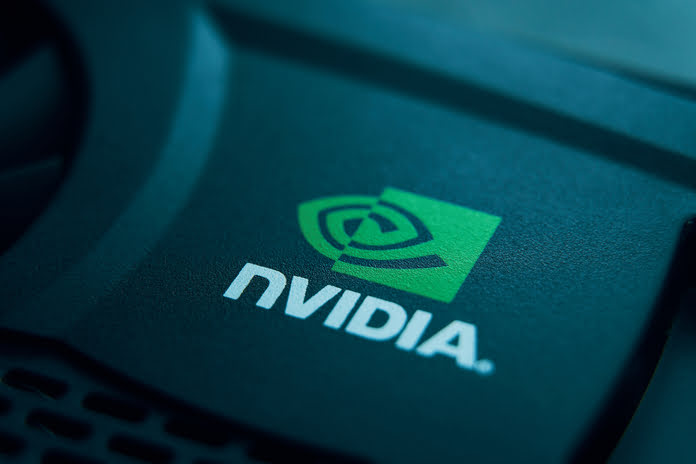Nvidia’s (NASDAQ:NVDA) impressive performance persists as its stock surpassed the $700 mark yesterday. With a Barchart Technical Opinion rating of 100% Buy, placing it in the Top 1% for short-term signal directions, and long-term indicators supporting the ongoing trend, the outlook remains positive. However, it’s crucial to note that the market is currently in a highly overbought state, signaling the possibility of a trend reversal.
Backed by 31 analysts, NVDA holds a Strong Buy rating, alongside 3 Moderate Buy ratings and 3 Hold ratings.
NVIDIA Corporation stands as a global leader in visual computing technologies, having pioneered the graphic processing unit (GPU). Its focus has shifted from PC graphics to AI-based solutions, supporting high-performance computing, gaming, and virtual reality platforms. The success of NVIDIA’s GPUs lies in their parallel processing capabilities, essential for running deep learning algorithms. Moreover, NVIDIA’s GPU platforms are integral to developing multi-billion-dollar markets like robotics and self-driving vehicles.
NVIDIA dominates the Data Center, professional visualization, and gaming sectors, with Intel and Advanced Micro Devices playing catch-up roles. Key catalysts include partnerships with major cloud service providers and server vendors.
Now, let’s explore a bull put spread trade.
A bull put spread is a bullish trade that can also profit from a decrease in implied volatility. Its maximum profit is limited to the premium received, while the maximum potential loss is capped.
Implied volatility currently stands at 54.21%, giving NVDA an IV Percentile of 82% and an IV Rank of 61.29%. The expected move for NVDA until February 16 is approximately 5.19% in either direction, implying NVDA stock should remain above $665 during this period.
To execute a bull put spread, one would sell an out-of-the-money put and buy a put further out-of-the-money. For instance, selling the February 16 put with a strike price of $665 and buying the $660 put would create such a spread.
This spread traded around $0.85 yesterday, translating to a receipt of $85 in option premium and a maximum risk of $415. This represents a potential return on risk of 20.48% if NVDA stock remains above $665 by February 16.
If NVDA stock closes below $660 on the expiration date, the trade would incur the full $415 loss. The breakeven point for the bull put spread is $664.15.
Given Nvidia’s earnings report scheduled for February 21st, this trade carries no earnings risk if held through that date.
Conclusion and Risk Management
One approach to setting a stop loss for a bull put spread is based on the premium received, which in this case is approximately $85. Alternatively, traders may consider setting a chart-based adjustment or closure point, perhaps around $675.
It’s important to remember the inherent risks of options trading, where investors can lose their entire investment. This article serves for educational purposes only and does not constitute a trade recommendation. Always conduct thorough due diligence and consult a financial advisor before making investment decisions.
Featured Image: Megapixl















